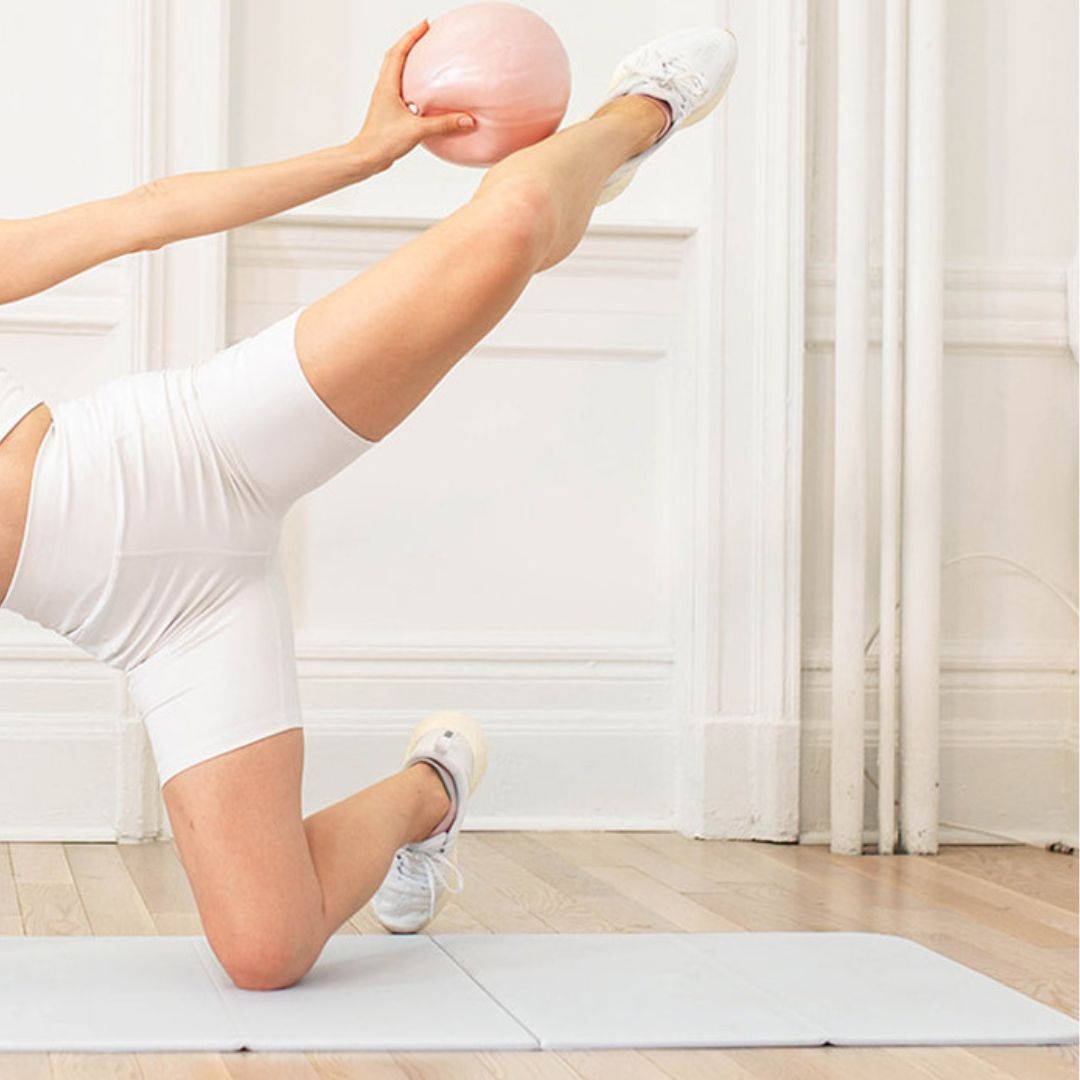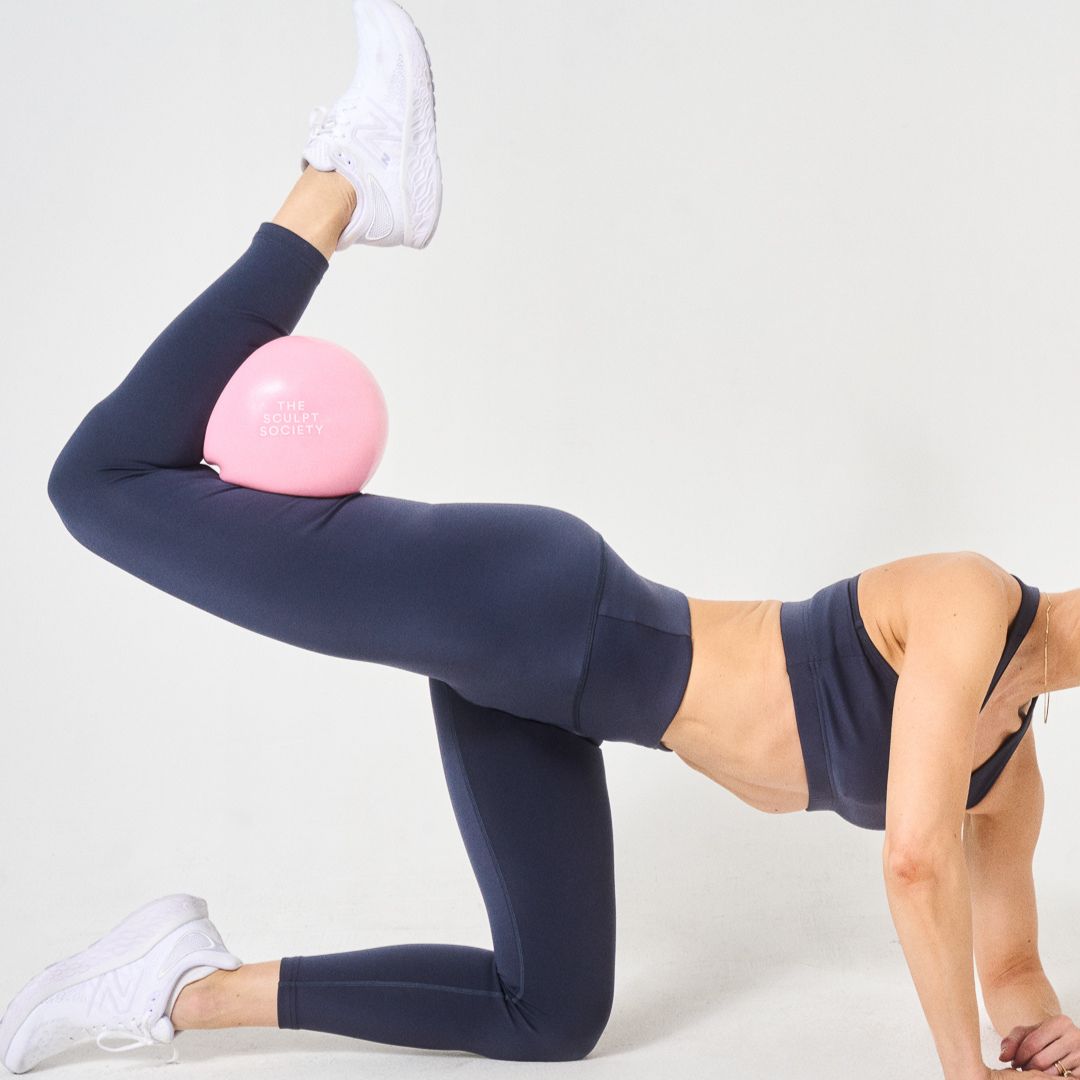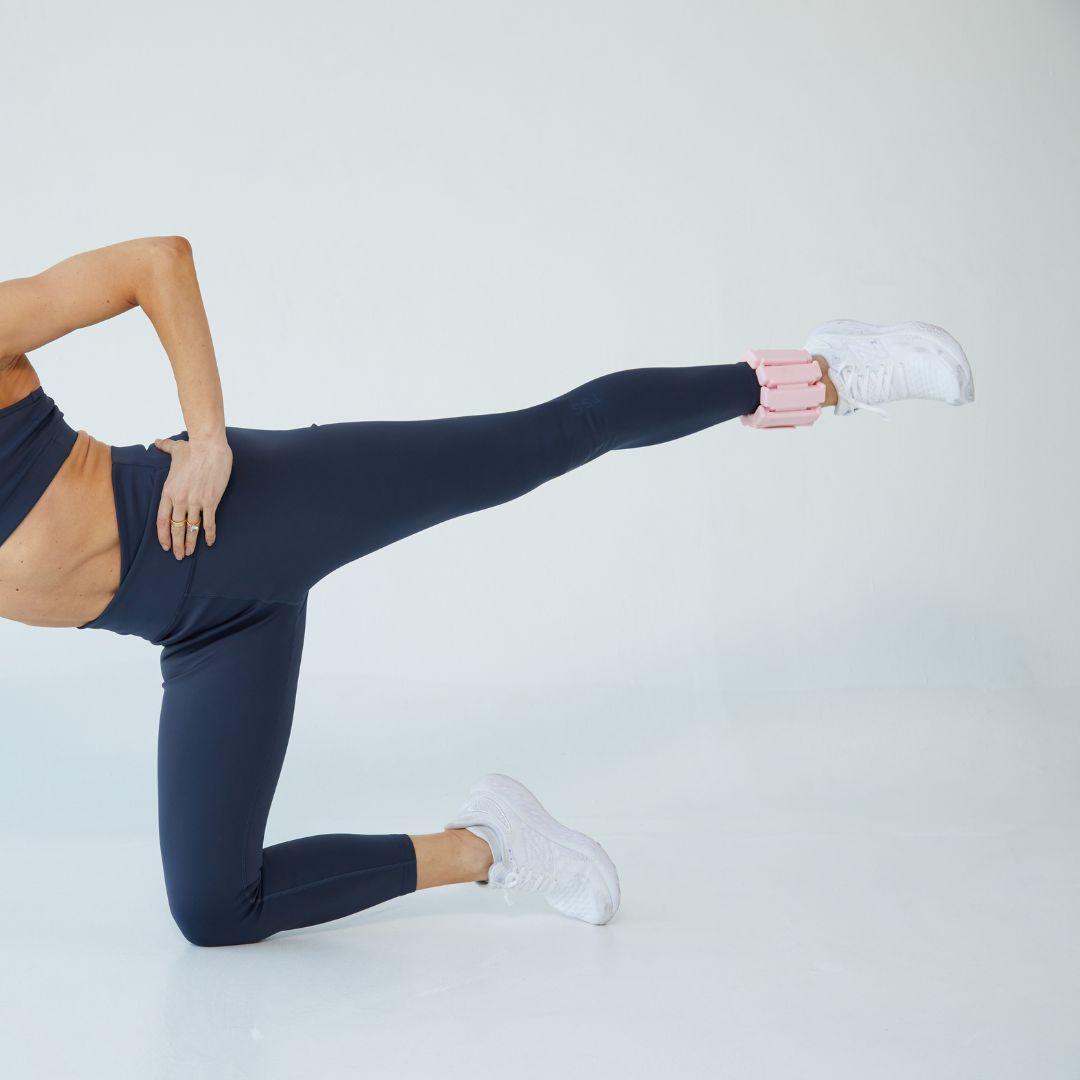
Low-Impact Cardio and Recovery Workouts to Energize Your Menopause Journey

Low-Impact Cardio to Boost Energy Without Stressing Joints


Recovery & Mobility: Key to Avoiding Fatigue and Injury
Nutrition & Lifestyle Tips to Support Your Workouts

NEW WORKOUTS EVERY WEEK
Try The Sculpt Society Free For 7-Days
Get access to 1,000+ workout videos, anytime, anywhere on all your favorite devices.

Continue Reading









